Collectie Wilploo – Verglijdend landschap Rijksmuseum Twenthe, Enschede
Van 23 januari t/m 6 juni 2022 toont Rijksmuseum Twenthe een groot overzicht rondom de Collectie Wilploo.
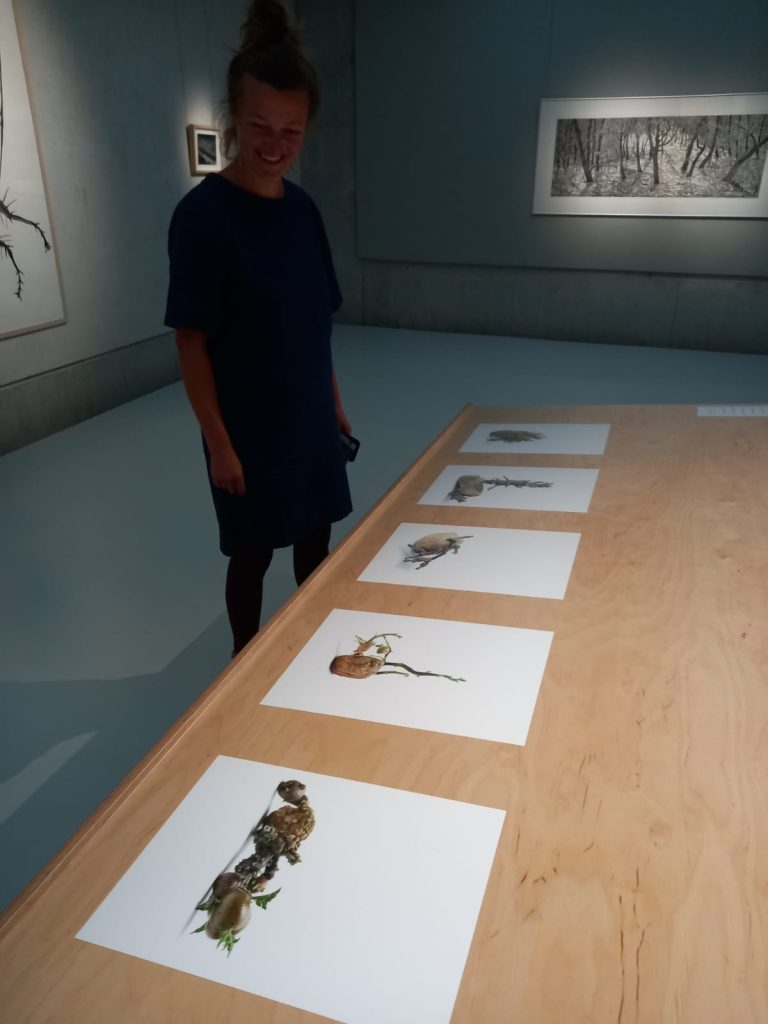
–
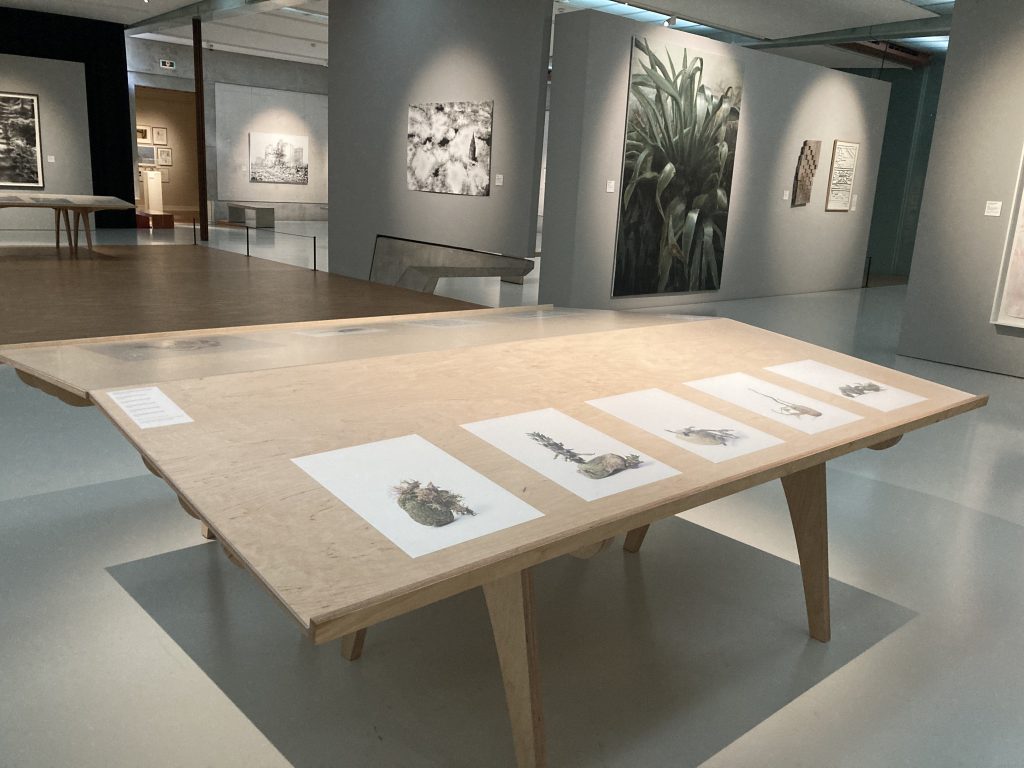
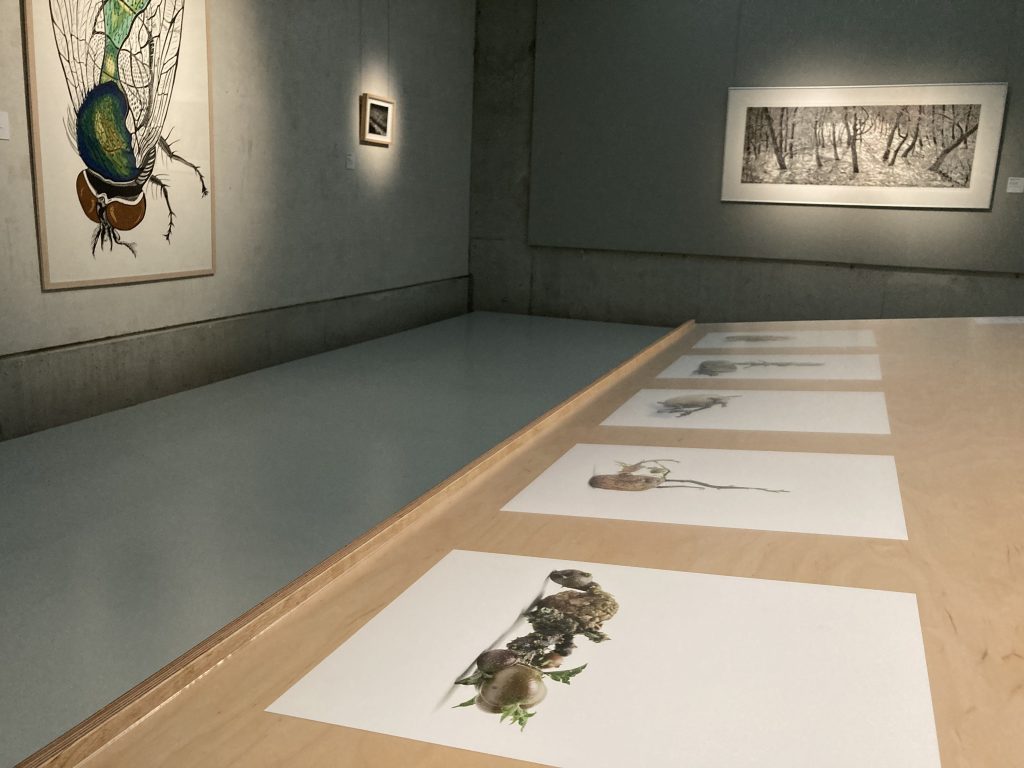
Van 23 januari t/m 6 juni 2022 toont Rijksmuseum Twenthe een groot overzicht rondom de Collectie Wilploo.

–


Het ”Aardappel Onderzoek” is opgenomen in de permanente collectie van het Lisser Art Museum.
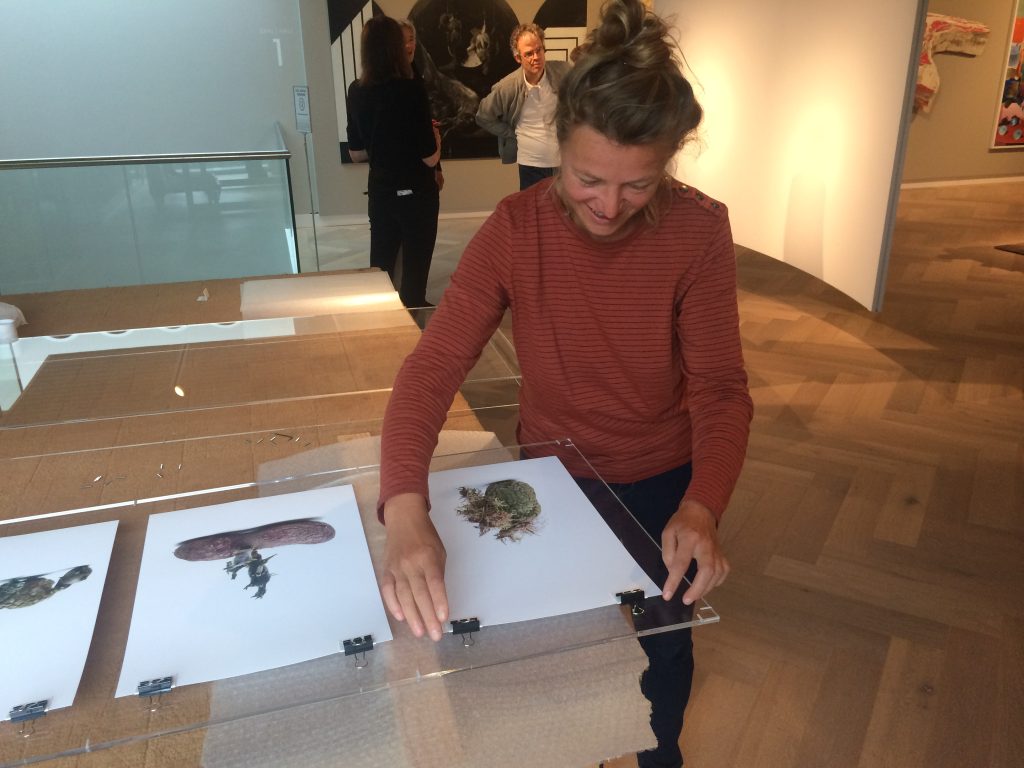
–
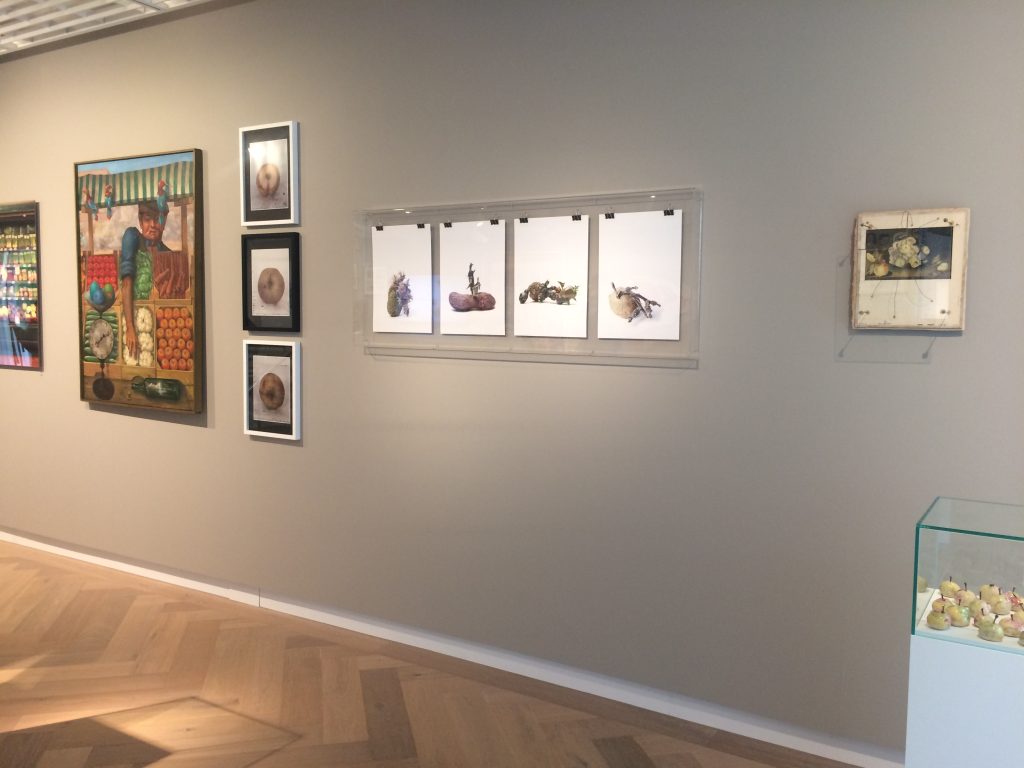
–
Projectruimte 10 januari t/m 3 maart 2019
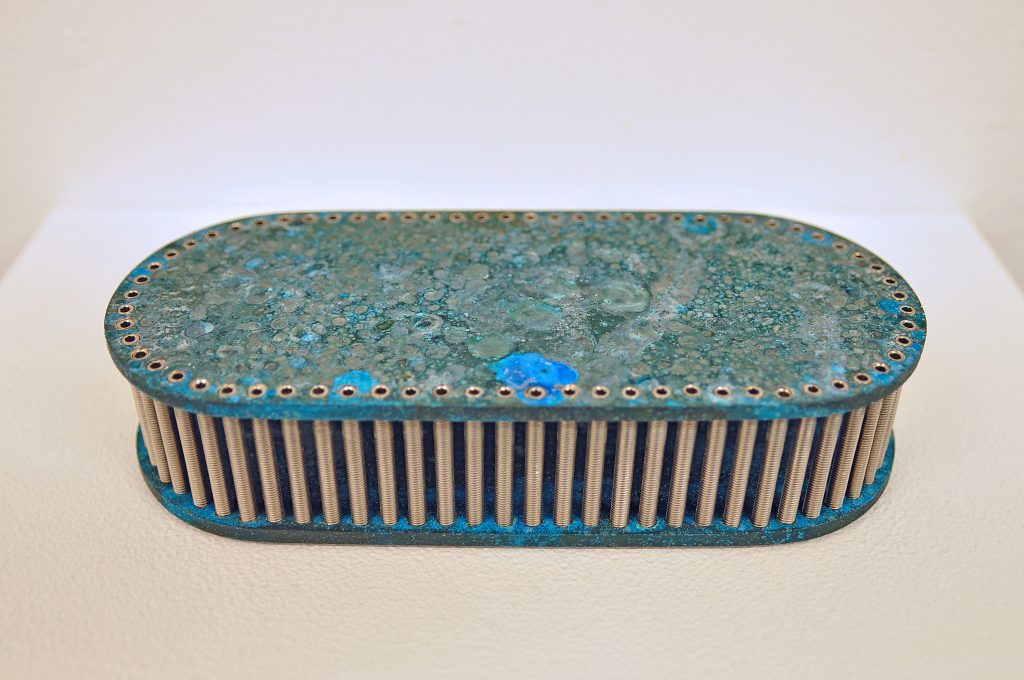
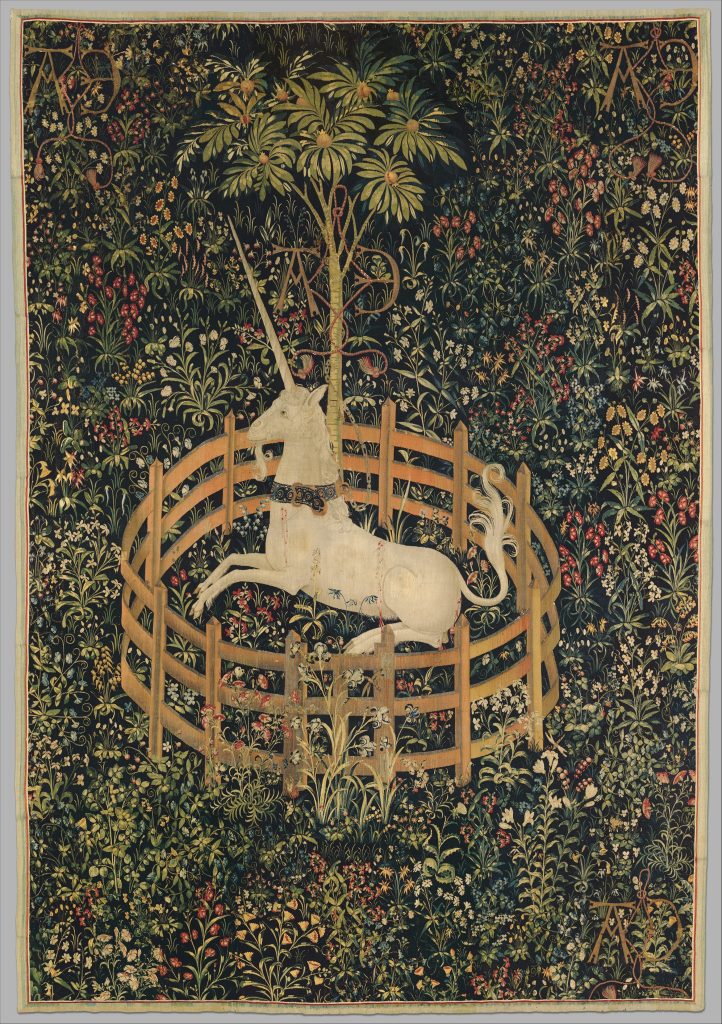
Ook dit jaar zullen we weer deelnemen aan Object
Van harte welkom voor een bezoekje aan deze prachtige beurs die plaats vindt op het cruiseschip de SS Rotterdam.
Object Rotterdam vindt plaats op
10,11 & 12 februari 2017
11:00 tot 19:00 uur
Opening :
Donderdag 9 februari
19:00 tot 23:00 uur
Adres :
SS Rotterdam
3de Katendrechtsehoofd 25
3072 AM Rotterdam
Entree €10,00, kinderen tot 12 jaar zijn gratis
